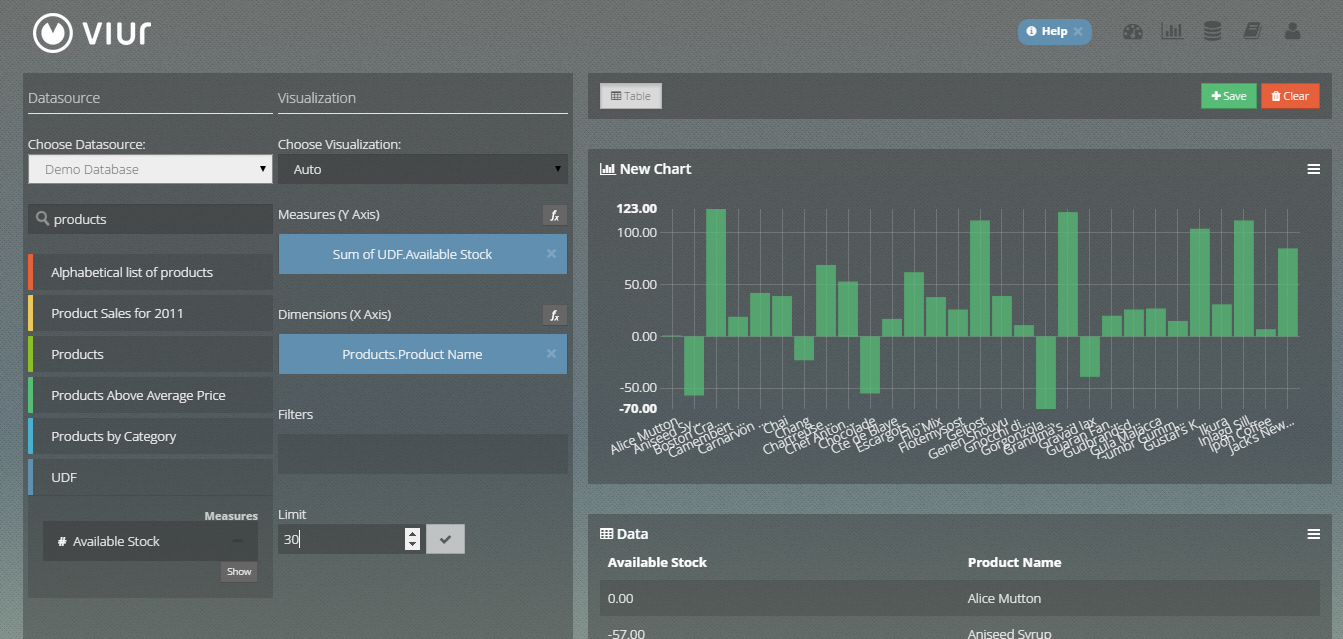Key Performance Indicators
Anyone working on projects or an organization surely has heard of KPIs - Key Performance Indicators. Some even contribute to their calculation and are evaluated by it. What are Key Performance Indicators and why are they useful? KPI is simply the name given to a metric that is used to measure certain factors that are crucial to the success of an organization. Each KPI is usually associated with a goal or objective to be achieved. Regular determination of the value of KPI intends to measure the degree of progress towards objectives and their evolution over time: Are we moving in the right direction? Will we achieve the target if we continue? The KPIs can differ from organization to organization since...
Read More »